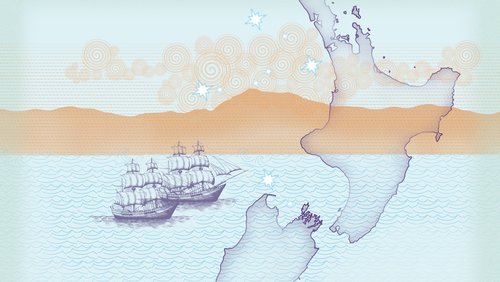19 Dec 2023
Amid proposed cuts to Massey University’s engineering degree offerings, and an ageing population, Te Ao Rangahau is calling for “serious conversation and commitment with Government” about the country’s approach to developing skills in science, technology, engineering and maths (STEM). So, how does a country go about growing and retaining more engineers and how can current engineers help?
For award-winning Australian civil engineer Felicity Furey, raising awareness about what engineering actually involves – “helping people, creating the world around you, and making a difference” – is key to inspiring the next generation.
“Most teenagers don’t know what engineering is. But research shows that if young people, particularly young women, are given that information, they may be drawn to the profession.”
It will also, she adds, attract, and hopefully retain, a more diverse range of talent.
Growing up, Felicity wanted to be an artist. Engineering wasn’t on her radar until her physics teacher suggested it. She thought it “involved doing maths all day, and I didn’t like maths”. Engineering was her fifth preference at university, and she almost dropped out. She says it was really hard and she failed maths and found it disconcerting being one of 12 women in a class of 120, after attending an all-girls school. The turning point was learning about the psychology of road design in the second year.
I could have an incredible influence on the world around me because I get to shape it.
Maths, she found, was “the teeniest part” of engineering.
“I realised engineers get to design the real world. I could have an incredible influence on the world around me because I get to shape it.”
Felicity went on to lead multi-million-dollar engineering projects across Australia in her twenties. At 23, she delivered a $45-million-dollar portfolio of transport infrastructure projects for Brisbane City Council. Her many awards and accolades include being named one of Australia’s most innovative engineers in 2018 by Engineers Australia’s create magazine.
In 2011, Felicity co-founded not-for-profit organisation Power of Engineering to change the perception of engineers among young people, with the aim of inspiring the next generation of engineers. The report Engineering a Better Future: Australia’s Growing Crisis in Engineering Skills projects a skills shortage of 200,000 engineers by 2040. Less than two in 10 engineering students are women, and women make up only 15 percent of Australia’s university-qualified engineering workforce. In New Zealand, as of 2018, women made up around 14 percent of the engineering profession.
Felicity says: “We live in a world of diverse people, and we need engineers who represent them.”
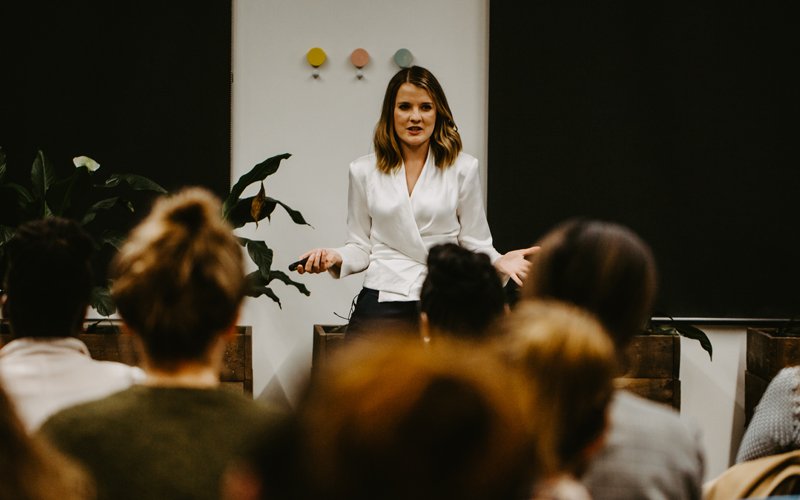
Award-winning civil engineer Felicity Furey co-founded Power of Engineering to inspire the next generation of engineers. Photos: Supplied
In Australia, Power of Engineering runs free one-day events for Year 9 and 10 students, and more than 14,000 teens have attended. Felicity says sustainability and climate change are top of mind for many. Most have no idea what engineers do, and 90 percent have never considered engineering as a career. Workshops, speakers and site visits to companies like Qantas show students real-life engineering. Felicity says that one day can make all the difference: approximately 80 percent of students who were a “no” to engineering beforehand, change their mind to a “yes”.
Outside the programme, parents play a big role in influencing a young person’s career choices, but all engineers can do their bit, says Felicity.
“There are so many programmes to get involved with. Even contributing one hour a year makes a big difference, or talking to a young person at a barbecue.
“Not everyone’s going to go into engineering, but if you know what it is, then you have a choice.”
During the pandemic, Power of Engineering launched Engineering in a Box, sending educational kits into schools. It’s been popular, says Felicity, who remains on the organisation’s advisory committee and is still involved in overseeing school programmes, while running her latest venture, WeAspire. Set up in 2020, it works with emerging leaders in engineering and technical professions. She’s still focused on the next generation and diversity, but in the workplace as well as schools.
In a world increasingly impacted by artificial intelligence, Felicity believes the future of engineering is still human.
“We need to hone in on human skills like communicating and defining ideas, thinking through consequences and engineering judgement. They’re the ones that are going to set us apart.”
Disrupting engineering education
In Britain, a new higher education provider is disrupting traditional tertiary engineering education. The New Model Institute for Technology and Engineering (NMITE) accepted its first cohort of 27 students in 2021. Its Head of Academic Skills, Associate Professor Dr Sarah Peers, says the Hereford-based university is “hugely different” in its approach, offering real-world learning, in a part of England that previously lacked a university.
NMITE works hard to widen access to engineering and technology degrees, including attracting women, mature students, ethnic minorities, and those from underprivileged backgrounds. It has removed a lot of the usual requirements for entry to engineering, such as maths and physics – maths is not a standalone subject but embedded in all modules. All courses emphasise sustainability and engineering for social good.
Sarah says industry leaders often complain that engineering and technology students are simply taught how to pass exams. NMITE’s pedagogy counters this by preparing students to do “what engineers actually do: participating in meetings, presenting to clients, solving real problems”. Students work 9 to 5, Monday to Friday, and frequently collaborate on industry-set challenge projects.
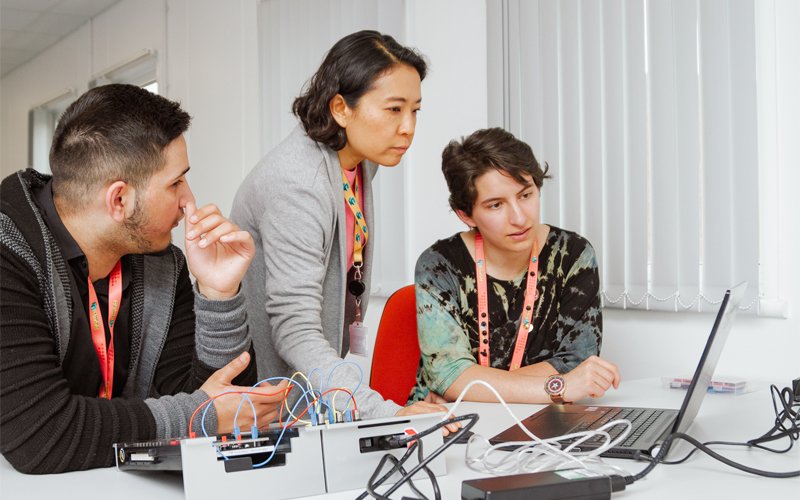
First-year NMITE MEng Integrated Engineering students consulting the lead academic on a control systems challenge. Photo: NMITE
NMITE’s engineering partners have been “really impressed” by the way the students work, Sarah says. Students are given minimal instruction.
“We’re asking them to become people who can go, okay, how do I find out about that? How do I learn about that? How can we solve this problem?”
She describes NMITE students as resourceful and not afraid of uncertainty.
Sarah is also the new president of the International Network of Women Engineers and Scientists (INWES), which aims to “build a better future worldwide” through the full and effective participation of women and girls in all aspects of STEM.
In September, she presented at the International Conference of Women Engineers and Scientists (ICWES19) in Auckland, which Engineering New Zealand co-hosted. One session focused on NMITE’s model of teaching and learning, while the other looked at perceptions of gender barriers in STEM.
An international survey led by INWES found that men and women disagree on what it’s like to be a female working in STEM. Most leaders in STEM are men. Worryingly, “they often don’t see the gender inequality,” Sarah says. But where male and female colleagues agree there are gender barriers, then, Sarah says, there is potential for progress. The work has led to a promising new gender index for STEM.
Valuing all engineers
Irene Clausse began her engineering degree at 31. Despite her parents being nuclear engineers in Argentina, she didn’t consider engineering as a career. Moving to Aotearoa in her mid-20s she fell into admin work but soon wanted to do something technical.
“I realised my brain was wired this way.”
The Engineering New Zealand Emerging Professional Member is now an intermediate electrical engineer at Christchurch electrical design and construction business, Connetics. She describes the work as “very challenging, in the best kind of way”.
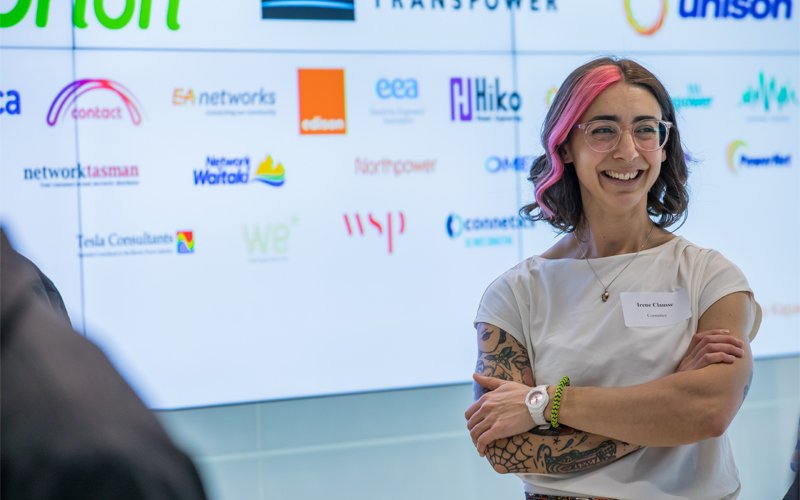
Emerging Professional Member Irene Clausse. Photo: Supplied
Not all engineers are analytical, some are creative, some are more chaotic. We need every single one.
At ICWES19, Irene and colleague Emma Lloyd presented on addressing the female engineering identity in STEM. Irene says studies have shown men readily identify themselves as engineers, but women are often reluctant to do so.
Irene says that once in STEM fields, women are made to doubt themselves, and she says the constant questioning – “I see it every day” – is wearying, and one reason so many leave.
What needs to change? Ask women to stop adapting, such as telling them to speak more assertively, Irene says, and ensure team bonding exercises are gender neutral: pottery painting is as valid as frisbee golf and bowling. Finally, says Irene: “No more admin.” Women often take up this role by default, taking minutes and chasing up people.
“Make a point of not offering.”
A lack of relevant role models is also a massive barrier to change.
What can all engineers do to help?
“Stop generalising – saying ‘all engineers’ only makes people who don’t conform to the stereotype feel like they don't belong. Not all engineers are analytical, some are creative, some are more chaotic. We need every single one.”

Irene Clausse and Emma Lloyd at the International Conference for Women in Engineering and Sciences, held in Auckland in September 2023. Photo: Supplied
Early career engineer helps showcase profession
Intermediate electrical engineer and Engineering New Zealand Emerging Professional Emma Lloyd was going to medical school when she had a last-minute change of heart. Attracted to studying decarbonisation and sustainability, she says she landed on her feet by becoming an electrical engineer, and wants other young people, especially young women, to recognise it is a possible, and varied, career.
At the University of Canterbury, Emma worked closely with the Māori Development Team, mentoring Māori students and showing secondary school rangatahi around university. She was part of the 2023 ENVI Award-winning ENG ME! Mentors programme, designed to create an inclusive and supportive environment. She also helped run the WiE CAN Women in Engineering residential programme for Year 12 students.

University of Canterbury WiE CAN cohort 2022. Photo: University of Canterbury
“A vast majority go on to do engineering.”
Now at Connetics, she speaks at a number of events, encouraging young people into electrical engineering. The sector is busy building new infrastructure and decarbonising, yet she says it has a “massive” talent gap.
Emma is also a Wonder Project Ambassador and believes the schools programme is the perfect way for engineers to showcase the profession.
“It’s really rewarding. All the prep work is done for you, so it’s really easy. It also counts towards your CPD hours. It’s a no-brainer!”
The Wonder Project
Winner of two awards at the TVNZ-NZ Marketing Awards 2023, the Wonder Project is Engineering New Zealand’s not-for-profit, free schools programme, designed to inspire rangatahi with STEM. It includes curriculum-aligned programmes providing awe-inspiring STEM learning experiences to Year 5–13 ākonga across Aotearoa. Since 2018, it has inspired 100,000+ ākonga, reached almost 4,000 classrooms, touched 1,422 unique schools and been supported by 2,600+ ambassadors. wonderproject.nz
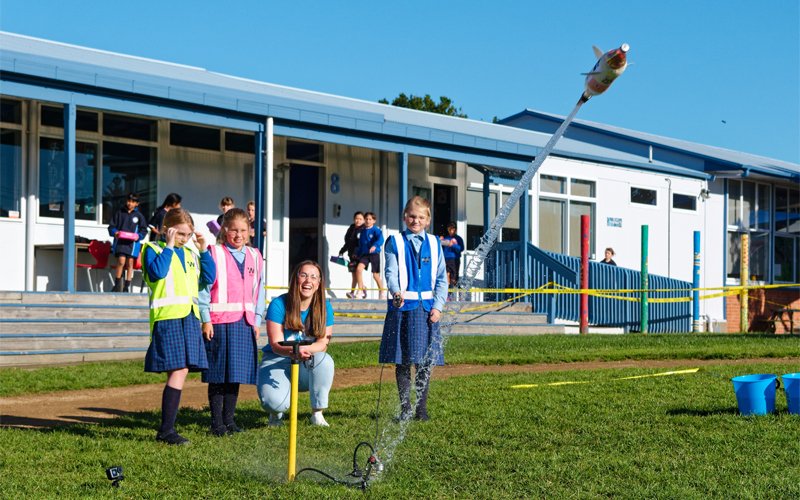
A Wonder Project Ambassador with St Mary’s Catholic School ākonga. Photo: Tim Hamilton/VisionWorks Photography


